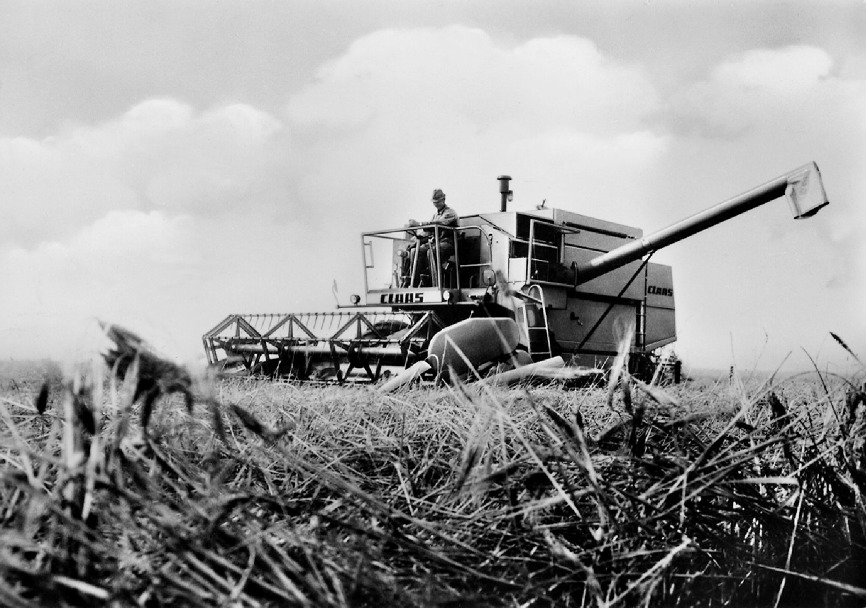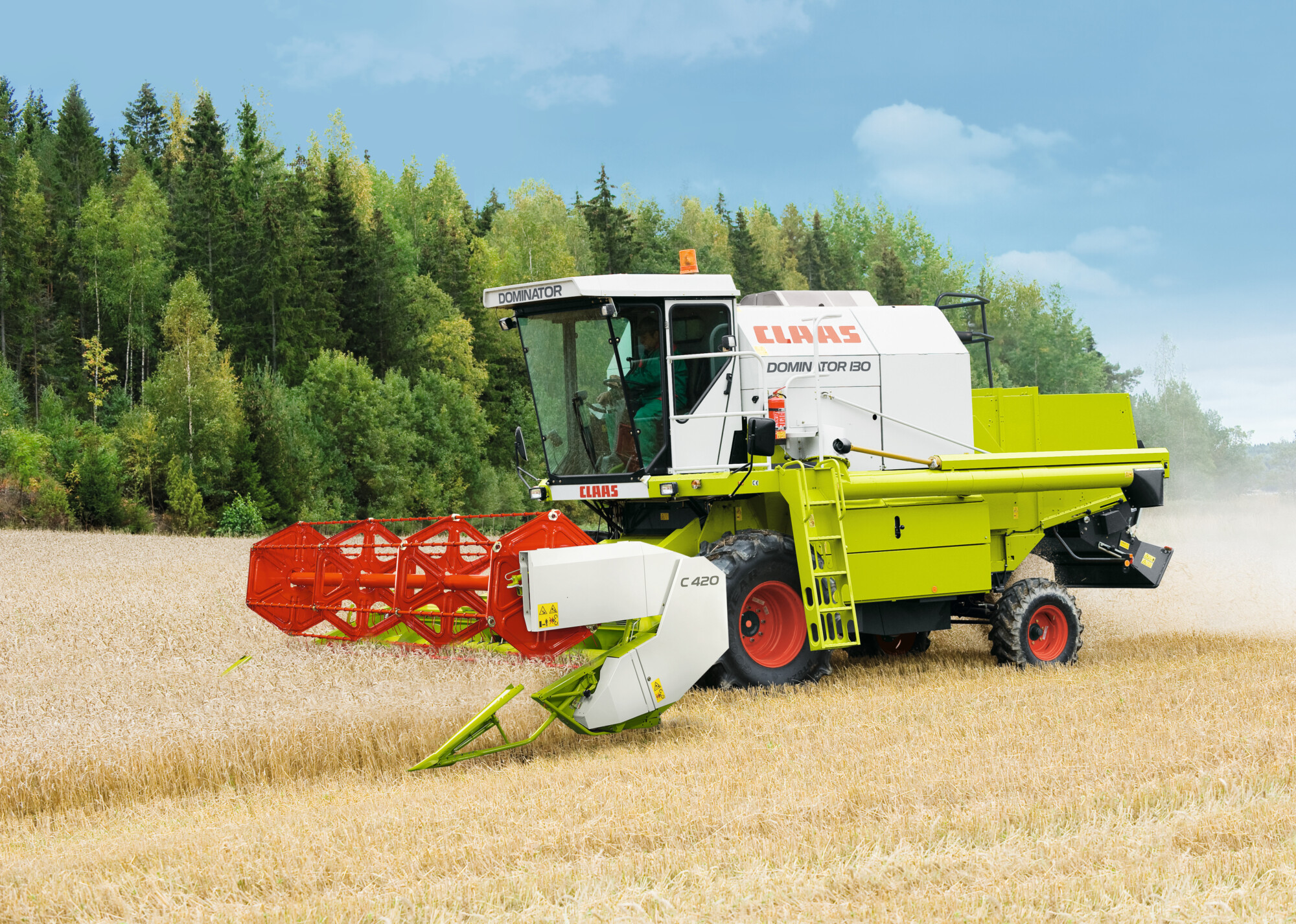Fifty years ago, in 1971, Claas released the Dominator 80, followed a year later by the Dominator 100. Claas then moved into the 5- and 6-walker classes and, in so doing, set new standards for the industry.
As well as opening up a new dimension of performance, with threshing drum widths of 1,320 and 1,580mm respectively, these models represented a major step towards the most advanced combine harvester technology with the hydrostatic ground drive, which was available as an option for the Dominator 80. To support the production of these new products, the Claas plant in Harsewinkel was thoroughly modernised and organised to support the new modular design.
Over the past five decades, the various Dominator model series established themselves as the best-selling combine harvesters in Europe. This was the result of a programme of continuous combine harvester development – notable stages being the 5-series of 1975 as well as the 6- and 8-series in 1979 and 1982 respectively.
As early as 1974, the Dominator 85 and Dominator 105 saw the introduction of electronic throughput monitoring. In 1981, Claas presented a world-first in the form of the Cylinder System, CS for short, in the Dominator 116 CS. This boosted throughput once again by using eight tangential separation cylinders for residual grain separation instead of straw walkers. In 1986, with the series rounded out at the lower end with the Dominator 115 CS, Dominator 114 CS and Dominator 112 CS models, the CS range was renamed as the Commander CS series.
Moving into the 1990s, the Dominator continued to be the driving force for sales and revenue in the combine harvester sector at Claas, delivering performance not only in level terrain, but also on slopes as a result of the 3D cleaning system. The popularity of the model helped raise Claas to become one of the top combine harvester producers in Europe.
Following the reunification of Germany, the rugged seed green combine harvesters quickly became established in the grain growing regions of eastern Germany. Claas responded to the demand for higher threshing performance with new top models, such as the Dominator 208 Mega. An upstream accelerator drum in the Mega threshing unit increased throughput by up to 30%.
Shortly after the introduction of the new threshing and separation system, the high-performance Dominator combine harvesters equipped with it were renamed Mega. The smaller Dominator models remained in the product range for several more years as a cost-effective alternative for farms with their own machinery and for export markets.


